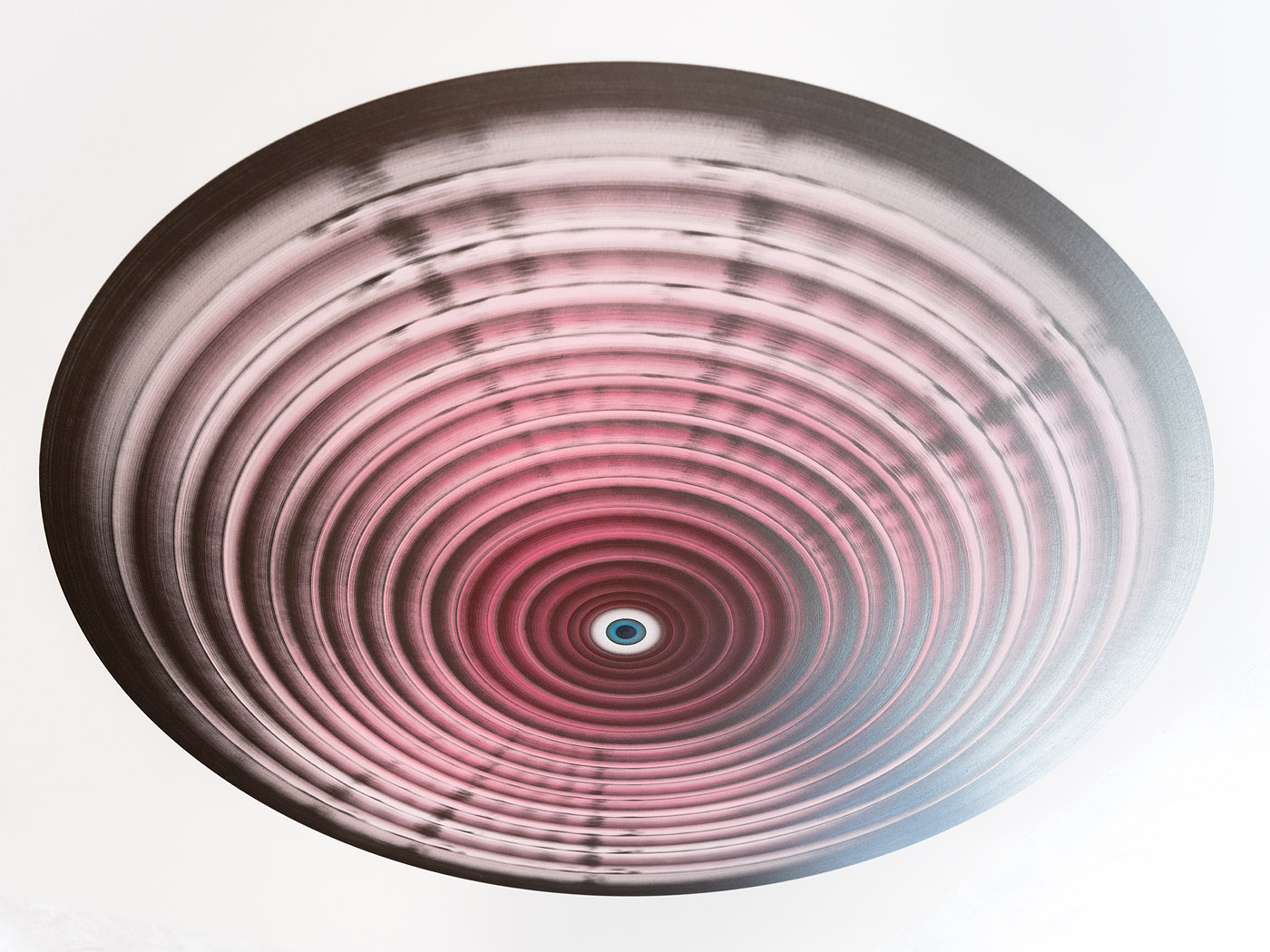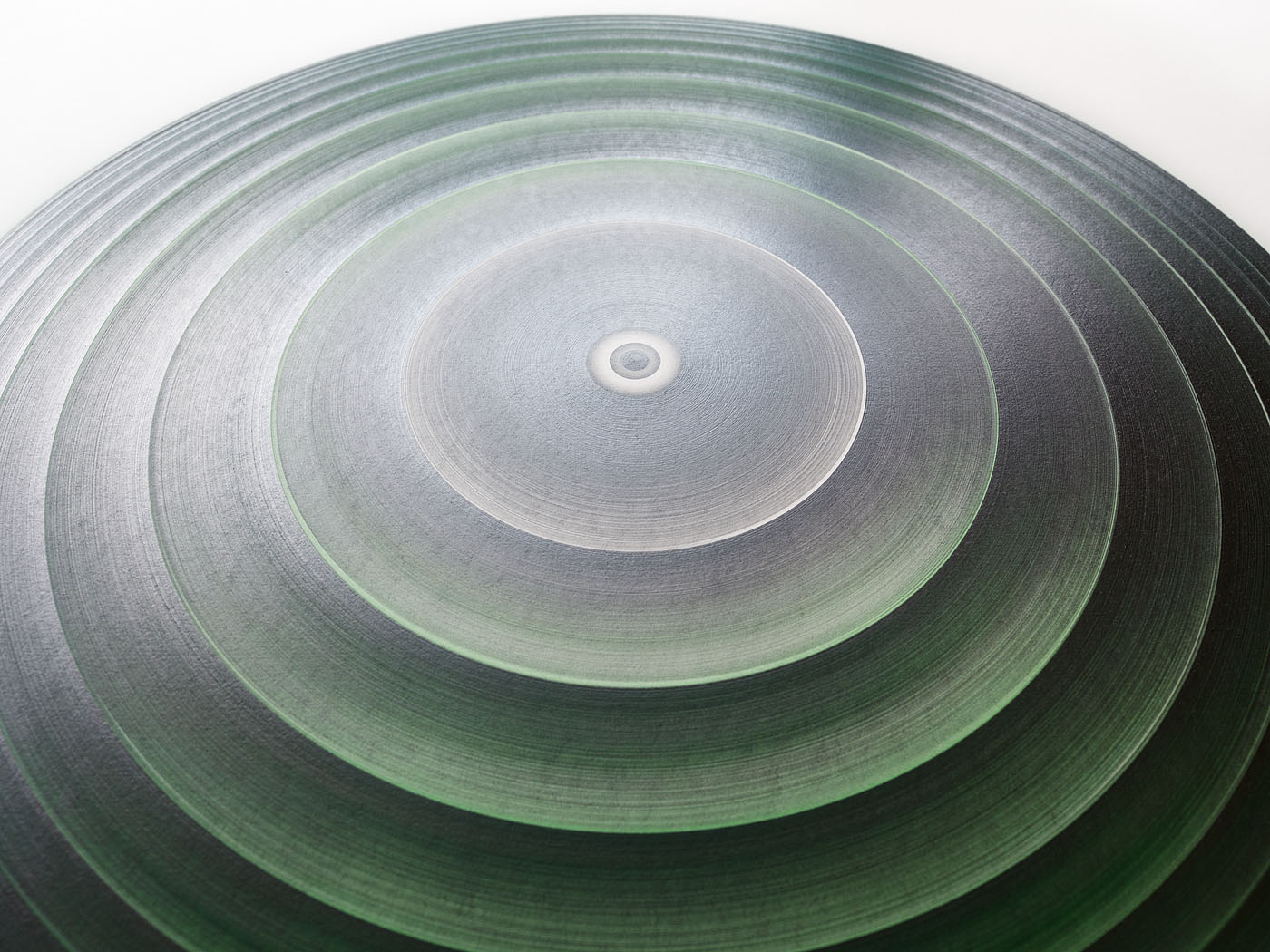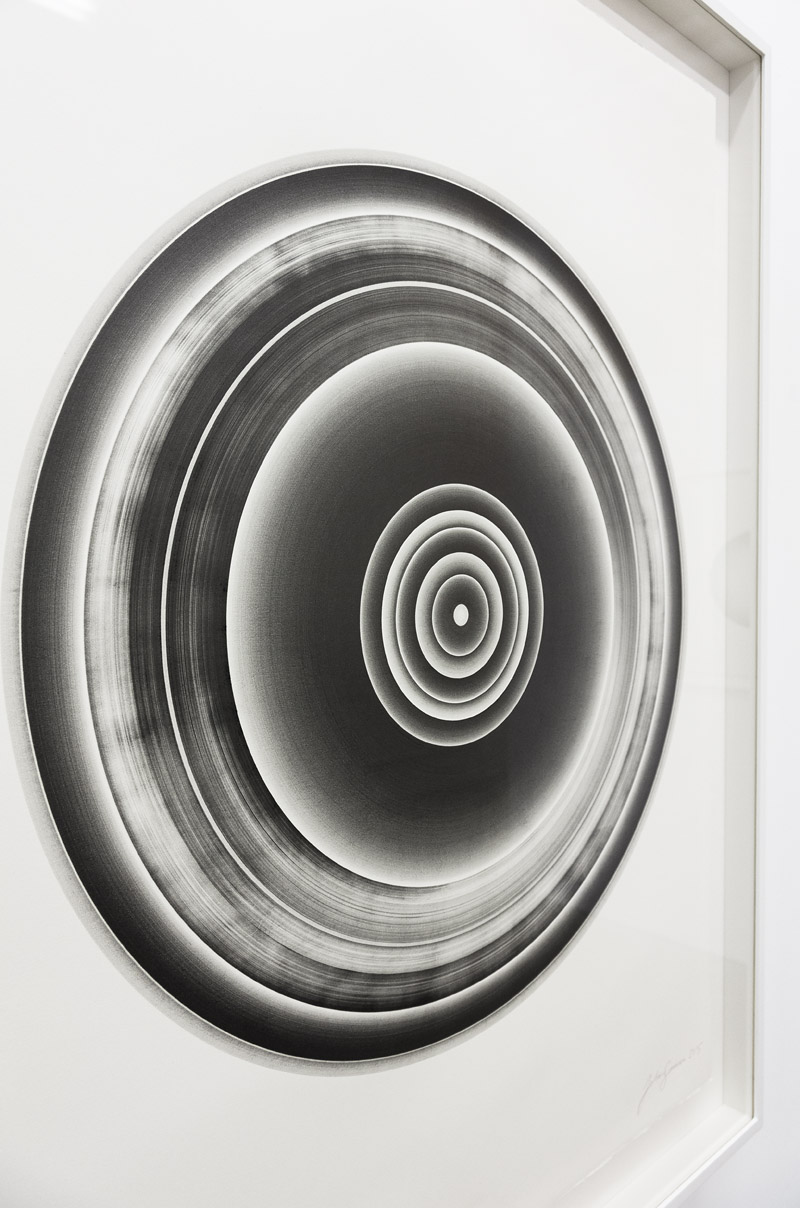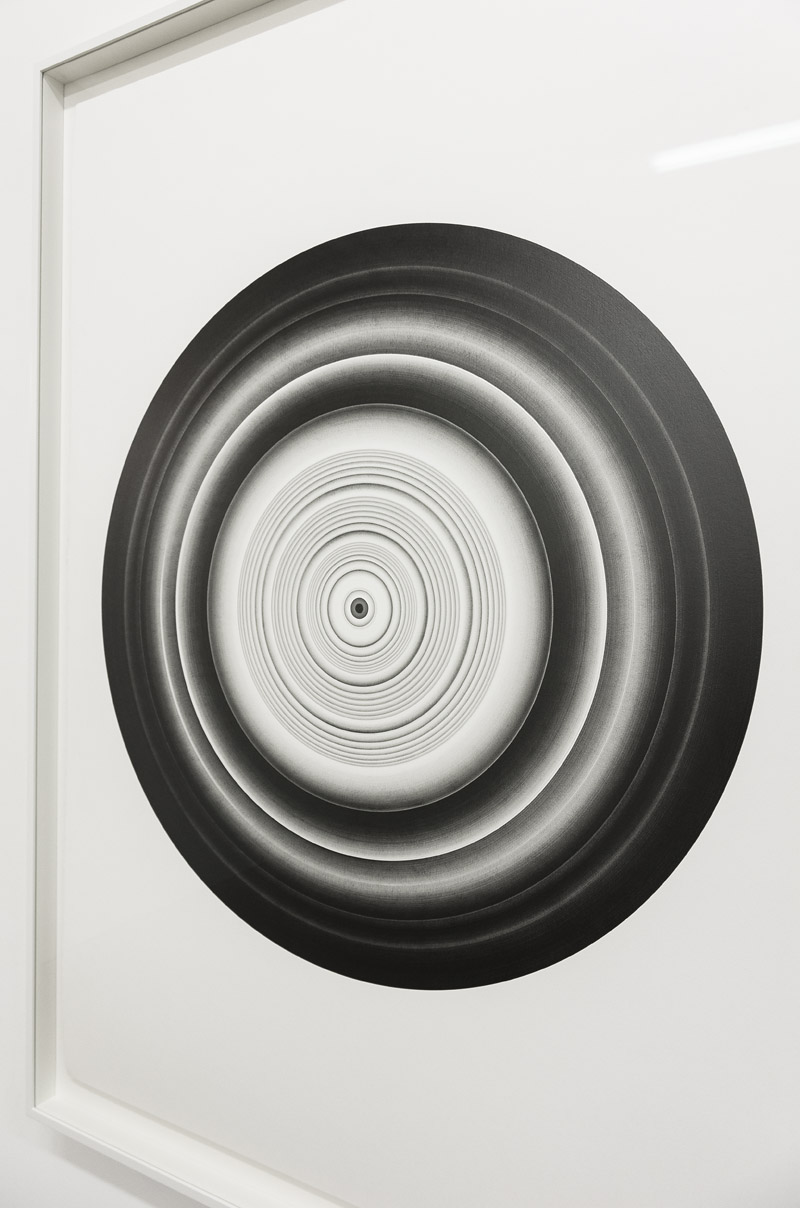New Series of 11 Drawings
Sheet : 105 x 75cm 640gsm (x 5), 76 x 56cm 300gsm (x 6); graphite on 100% cotton Fabriano.
Frame : 113.5 x 83cm (x 5), 86.5 x 66.5cm (x 6); welded aluminium, powder-coated; AR museum glass.
Publication
BLACK MILK, 30.6 x 23.7cm, 72 pages.
Lychee One, 38-50 Pritchards Road, London E2
Tues – Sat, 25 November – 22 December 2015, 12 – 6pm
JS: “In each between 75,000 and 150,000 feet of graphite line, 15 – 30 miles of tone and bare intention; in all 11 drawings probably over 200 miles …just off Hackney road.”
“How long does it take to make each drawing?”
JS: “I’m often asked that. It’s near to hypnotic limits, …a couple of weeks, though ultimately that’s not of any import. The show is titled ‘NOW’: my experiment is to take time out of the equation, amplitude is key. So I’m referring to X and Y; amplitude – the Y [axis] – brightness, intensity, and when adding another dimension ‘the X’ – which we generally ascribe to time, provides the possibility of fluctuations in intensity – to be recorded and appear as a frequency. We experience this as colour. Basically, colour is built upon rapid variations in brightness caught in another dimension. It’s mysterious, but removing colour in some way decouples our correspondence – or adherence, with time. This could be handy later on.
I recall the Tibetan concept of the cosmos – especially the entirely circular Kalachakra, with it’s various diameters measured precisely in variable units; I’ve always been curious that a philosophy of consciousness can be measured so specifically and elastically! I’m not a whole-sale advocate of any philosophy, except the mind behind.”
“I notice you always write your titles in uppercase.”
JS: “Yes, of course words are primarily visual, their abstract shapes are stronger in uppercase – in the original full-height form of their characters. NOW has a circle at it’s centre – ‘the target of now’ and is surrounded by the saw-tooth-waves of N and W. I’m amazed how this passes people by, so often my titles are quoted in so-called ‘title-case’ – which is not only messy, but loses the abstract presence of the word.” [Addendum: ‘now’ crops-up in titles… ‘Choices Up Now’, ‘Art Now’, ‘Drawing Now’, etc, though as far as I’m aware, NOW hasn’t before been used as the sole title of an exhibition. Six months on from NOW, and a second instance has emerged: Jeff Koons’ exhibition ‘Now’, at Newport Street Gallery.]
“You’ve referred to yourself as a ‘Milkmaster’?”
JS: “I’m Milking the Mystical.”
“Cosmic Eye?”
JS: “…yes – and Celestial Breast!
…and it goes without saying – Self-portrait; they are microcosmic. Nothing has ever looked at you like this.
I can’t recall seeing a two-dimensional work – drawing or painting – that so acknowledged it’s existence by being viewed at an acute angle.
They exist for the not-flat – for not being themself – while being the only agent of themself; when drawing I focus upon the image that hovers above the paper – the undrawable part. Perceptual mirrors? mirrors of consciousness? …I’m not sure how to place them, but they are something strange, powerful, positive, and addictive to the self – operating on similar terms to a chemical device.
“In their recording they seem to have transposed your mind onto a sheet of paper, which plays itself back when observed – such that you wonder if there is someone else in the room.”
JS: …quite, or some mind else …the mind behind.
‘The frame of mind one might need to inhabit in order to cover 200 miles in pencil is suggested in the vague, trippy tone of Simmons’ explanation for the works, in which the “Tibetan concept of the cosmos” is briefly mentioned, alongside the “Celestial Breast”, and the “Cosmic Eye”. These terms allude to a state of consciousness that isn’t founded on logic or reason, but on another kind of cognition which is rooted in the spiritual, or the meditative, or the hypnotic.
Many years ago, Henri Michaux made a name for himself by ingesting mescaline and drawing the results. Through his hysterical scribbles we can observe his obsessive commitment to following the impulses of his mind and to produce, again and again, the same line. Where Michaux’s drawings were wild and deranged, and Simmons’ are obsessively well ordered, we see in both artists’ work the mysterious attraction of automated drawing. Whether or not he is “Milking the Mystical” (as Simmons suggests), this show speaks to the enduring practice of taking a fine-tipped pencil to paper in an attempt to diagram the workings of a mind’, Emma Capps, 200 Miles of Graphite, Art Collector Magazine.
SEE MORE ➤➤



